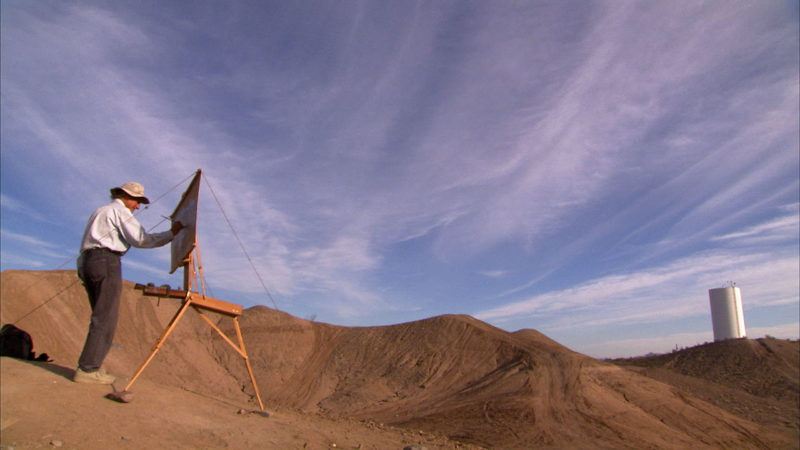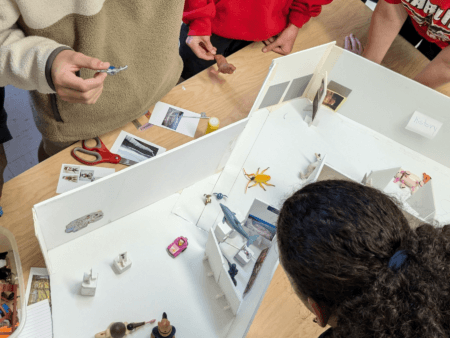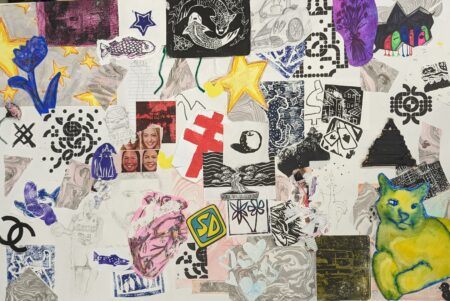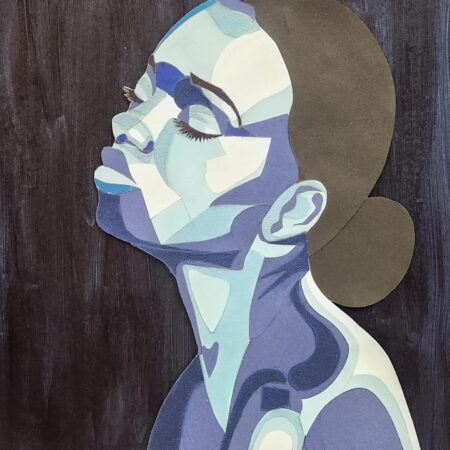Teaching with Contemporary Art
Teaching with the Great Outdoors

Rackstraw Downes painting in the sand hills overlooking Presidio, Texas, 2012. Production still from the Art in the Twenty-First Century episode, “Balance.” © Art21, Inc. 2012.
With so many places closed to the public these days, one that remains available is the outdoors. And while certain parks or public spaces have closed, others are open for everyone to get a little fresh air or exercise. In the streets outside our homes, we see our neighbors more often than we used to.
Our students have transformed areas in their homes into places that they use for learning and schoolwork each day, and increasingly educators are looking toward getting students more physically engaged, in learning outdoors as well as indoors. Featured in this playlist are seven artists who find ways to work in—or work for—the benefit of the great outdoors. Each artist finds ways to weave an individual practice with natural elements and utilizes nature to realize certain ideas.
For example, Mark Dion takes us through the life cycle of a fallen hemlock tree, and he brings this gigantic “nurse log” to Seattle in order to create an endlessly teachable moment, the work called Neukom Vivarium. Students in my classes have been inspired by the work of Mark Dion to make art that begins with processes found in nature. For educators, this is a clear example of how contemporary artists work outside of their studios to realize ideas.

Mark Dion. Neukom Vivarium, 2006. Mixed-media installation, greenhouse structure: 80 feet long. Installation view: Olympic Sculpture Park, Seattle. Gift of Sally and William Neukom, American Express Company, Seattle Garden Club, Mark Torrance Foundation, and Committee of 33, T2004.101. Courtesy of the Seattle Art Museum.
Sarah Sze follows her sensibilities to the High Line in Manhattan for a special installation that feeds and houses birds of New York City. Notice how her signature style—which includes using movement, angular lines, and interconnected forms—plays out in a work that serves as a functional habitat. In this collection, Mary Mattingly and Andrea Zittel also share works that are literally put to work outdoors. Both artists ask questions related to how we might live together in this world, now and into the future. Coming up often are questions such as, “What is necessary? And what is sufficient for us to live in this world?”
Whether one is looking for artists who record the majesty and history of particular places (as Rackstraw Downes and David Goldblatt have done) or seeking artists who engage with public spaces in ways that are unexpected (such as Robin Rhode), this playlist is a collection that presents broad possibilities for learning from contemporary artists working in and with the great outdoors.



